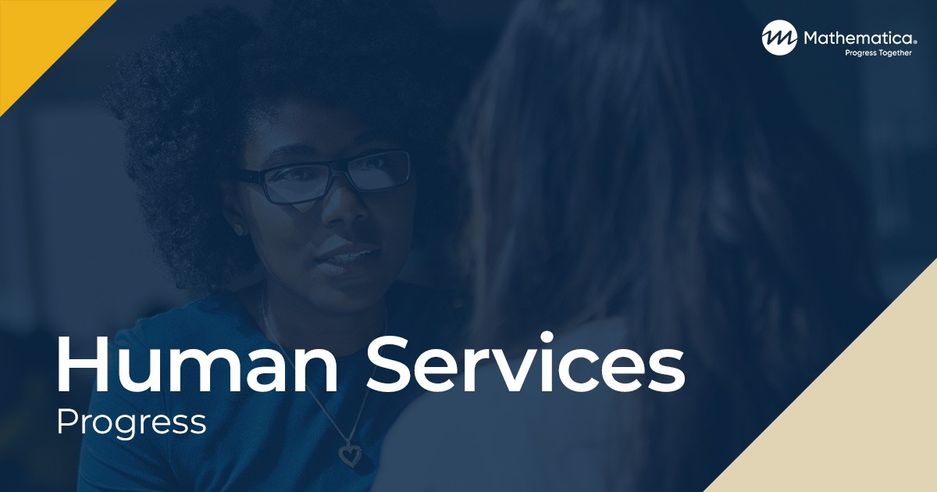A Portrait of Head Start Classrooms and Programs in Spring 2015: FACES 2014-2015 Data Tables and Study Design
Head Start: The Family and Child Experiences Survey (FACES)
Prepared for:
U.S. Department of Health and Human Services, Administration for Children and Families, Office of Planning, Research, and Evaluation

Key Findings:
Examples of key findings related to classrooms and teachers include the following:
- On the Instructional Support domain of the CLASS, classrooms score 2.4 on average which falls in the low range based on developer cut points (scores of 1 or 2 on the 1 to 7 scale). On the Emotional Support domain of the CLASS, classrooms score 5.5 on average, which is in the mid range (scores of 3, 4, or 5). On the Classroom Organization domain of the CLASS, classrooms score 4.8 on average, which is in the mid range (scores of 3, 4, or 5).
- Most lead teachers (74.2 percent) report having a mentor, most commonly an education coordinator or specialist (65.9 percent of those with a mentor).
- Nearly three-quarters of lead teachers (72.6 percent) have a Bachelor’s degree or higher.
Examples of key findings related to centers and programs include the following:
- Nearly all program directors (97.5 percent) and more than three-quarters of center directors (80.9 percent) have a Bachelor’s degree or higher.
- On average, centers employ four lead teachers. The average lead teacher turnover in centers was 17.1 percent in the 12 months before spring 2015.
- Nearly all Head Start programs (98.5 percent) store their data in an electronic database.
This report includes key information on the Head Start Family and Child Experiences Survey 2014-2018 (FACES 2014) study design and a set of data tables that presents descriptive statistics for the characteristics of classrooms, teachers, centers, and programs serving Head Start children and families in spring 2015. Data are drawn from the spring 2015 round of FACES 2014. The purpose of this report is two-fold: (1) to provide information about the FACES study, including the background, design, methodology, measures, and analytic methods, and (2) to report detailed descriptive statistics and related standard errors in a series of tables on the programs, their staff, and classrooms. The data provide descriptive information from classroom observations and staff surveys about Head Start’s efforts to help children and families meet their goals and local efforts to meet the Head Start Program Performance Standards.
How do you apply evidence?
Take our quick four-question survey to help us curate evidence and insights that serve you.
Take our survey
